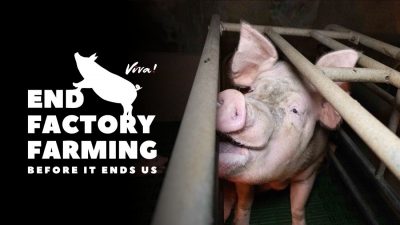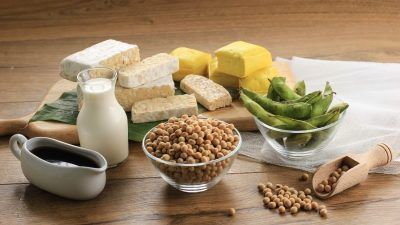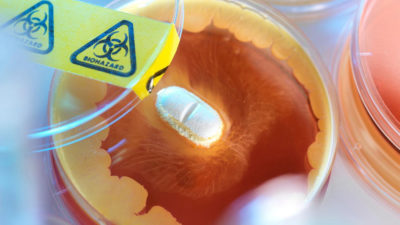The Rise of Factory Farming

In 2017, the Bureau of Investigative Journalism (BIJ) revealed the ‘changing face of British farming’ by releasing startling details about the rise in factory farms since 2011. They found that during a six-year period, intensive pig and poultry farms licensed by the Environment Agency – meaning enterprises with the capacity to stock at least 40,000 birds, 2,000 fattening pigs or 750 breeding sows (female pigs) – had increased by a quarter. Herefordshire was noted as one of the most densely affected areas, where intensively-farmed animals outnumber the human population by 88 to one.
Today, ‘factory farming’ is a widely accepted term used to describe the highly intensive nature of modern farms, that prioritise profit over welfare. These facilities cram thousands of selectively bred animals together in wholly unnatural environments to maximise production. Unsurprisingly, they cause immense suffering as a result of overcrowding, stress and poor hygiene, and are an ideal breeding ground for disease – which producers attempt to curb by feeding the animals a cocktail of antibiotics.
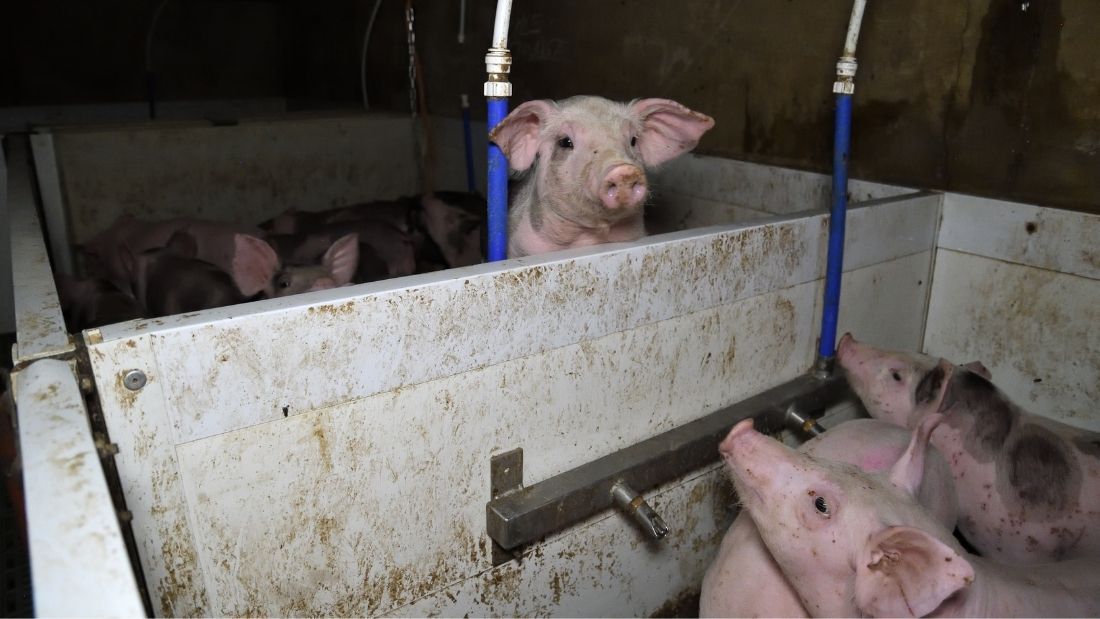
Although the Environment Agency only requires permits for large poultry and pig farms, other animals such as cows, sheep, goats, fish and even rabbits are also factory farmed in staggering numbers. Fish are one group in particular we tend to forget are factory farmed because their cages lie beneath the surface of the water – in the murky depths of increasingly polluted lochs. More than half the fish now lining our supermarket shelves are intensively reared, in dismal environments that mirror the unnatural conditions of factory farms for land-based animals.
The most factory farmed terrestrial animal globally is the chicken, by some margin. There are at least 20 billion chickens alive in the world at any one time – almost three times the number of humans – and we kill more than one billion of them in the UK every year. Over 95 per cent of chickens reared for meat in Britain live in giant, overcrowded sheds and these farms are everywhere; hidden in plain sight.
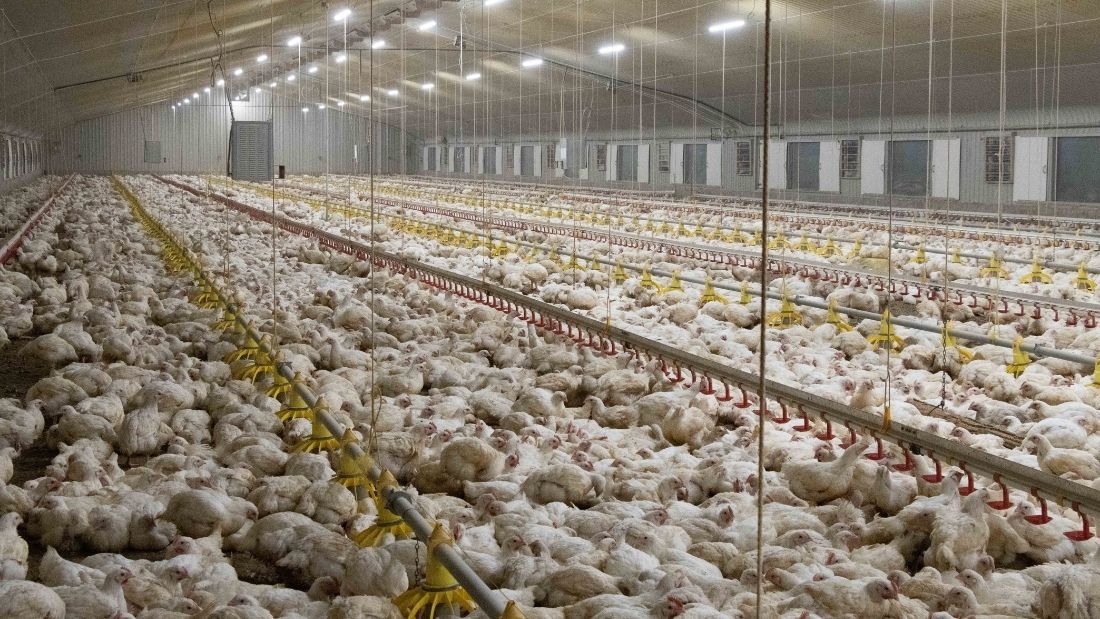
The impact of factory farming
Factory farming isn’t just bad news for animals though, robbing them of their natural instincts, behaviours and freedoms. It also has a huge impact on the planet. Animal agriculture is a major contributor of greenhouse gas emissions – accounting for around 20 per cent of the world’s total – and causes significant deforestation due to feed demand. A third of the world’s cereal harvest is fed to livestock, much of which is grown on deforested land.
Vegans are often criticised for their soya consumption and blamed for destroying rainforests, when believe it or not, meat-eaters actually consume a greater amount of soya – albeit indirectly due to around 80 per cent of the harvest being fed to farmed animals. Soya produces more protein per hectare than any other major crop and has a higher percentage of protein than many animal-based foods. It can feed more people per acre than almost any other plant, which makes it a highly desirable crop, but not just for people.
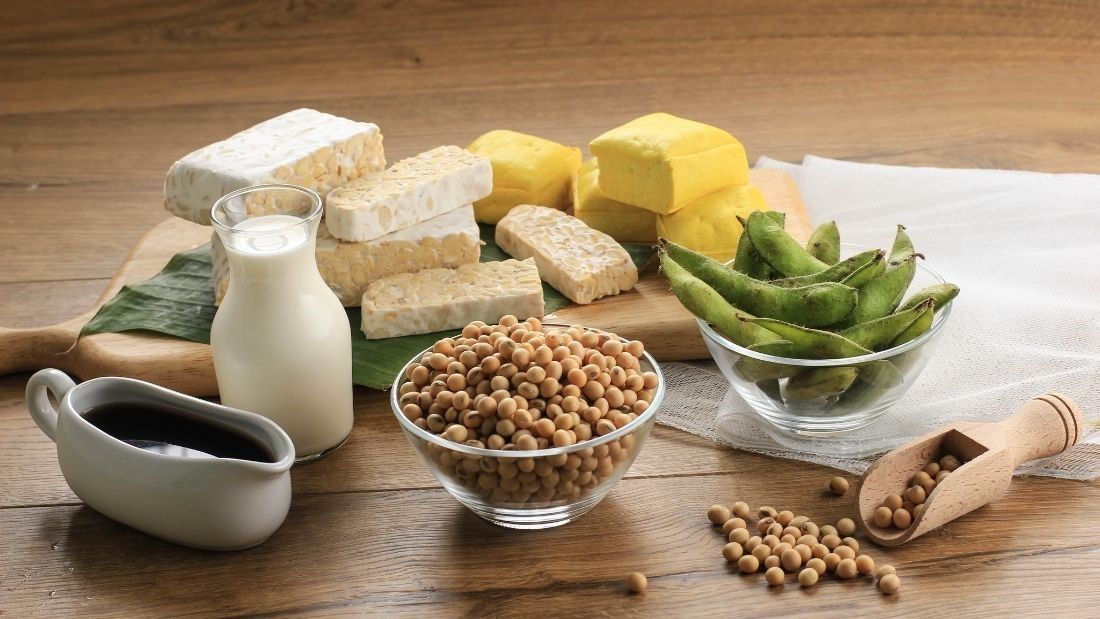
Another BIJ investigation explicitly demonstrated the link between deforestation across a vital region of tropical woodland in Brazil, and British chicken farming, by tracking the journey of a bulk tanker from a port near the Cerrado carrying 66,000 tonnes of soya beans to Liverpool docks. On arrival in the UK, the beans were processed into animal feed and distributed to chicken farms contracted to Avara – one of the largest poultry producers in the country, supplying McDonald’s, Asda, Lidl, Nando’s and Tesco.
If poor animal welfare and the environmental impact of factory farming weren’t enough to make us reconsider our consumer habits, maybe the serious threat to public health could be the final nail in the coffin. Globally, around three-quarters of all antibiotics are fed to farmed animals, largely to ward off inevitable diseases that thrive in the intensive conditions of factory farms. Such extensive use of antibiotics is leading to a growing risk of antimicrobial resistance – a particularly worrisome result of our insatiable appetite for cheap meat, dairy and eggs, with the potential to kill more people worldwide than cancer, by 2050.
Without a doubt, factory farming is putting the world in danger. Many scientists warn that the next pandemic could come from a factory farm and may, for example, be caused by a bird flu virus. In subjecting billions of animals to a life of suffering, it’s easy to condemn it for its abject cruelty alone but as the leading cause of antibiotic resistance and a significant contributor to the climate crisis, the need to End Factory Farming Before It Ends Us has become ever more urgent.




